Have you ever gazed at your cat and wondered if something’s just not right, but couldn’t put your finger on it? Cat lovers know that our feline friends are mysterious, sometimes leaving us guessing about their true feelings. What if your cat is quietly suffering from anxiety, and the signs are right under your nose? It’s more common than you think, and many of the signals can be so subtle, they’re easily brushed off. Let’s pull back the curtain on this hidden struggle and uncover the 12 signs of anxiety in cats that are often dismissed. Your cat may be trying to tell you something—are you ready to listen?
1. Excessive Grooming or Licking
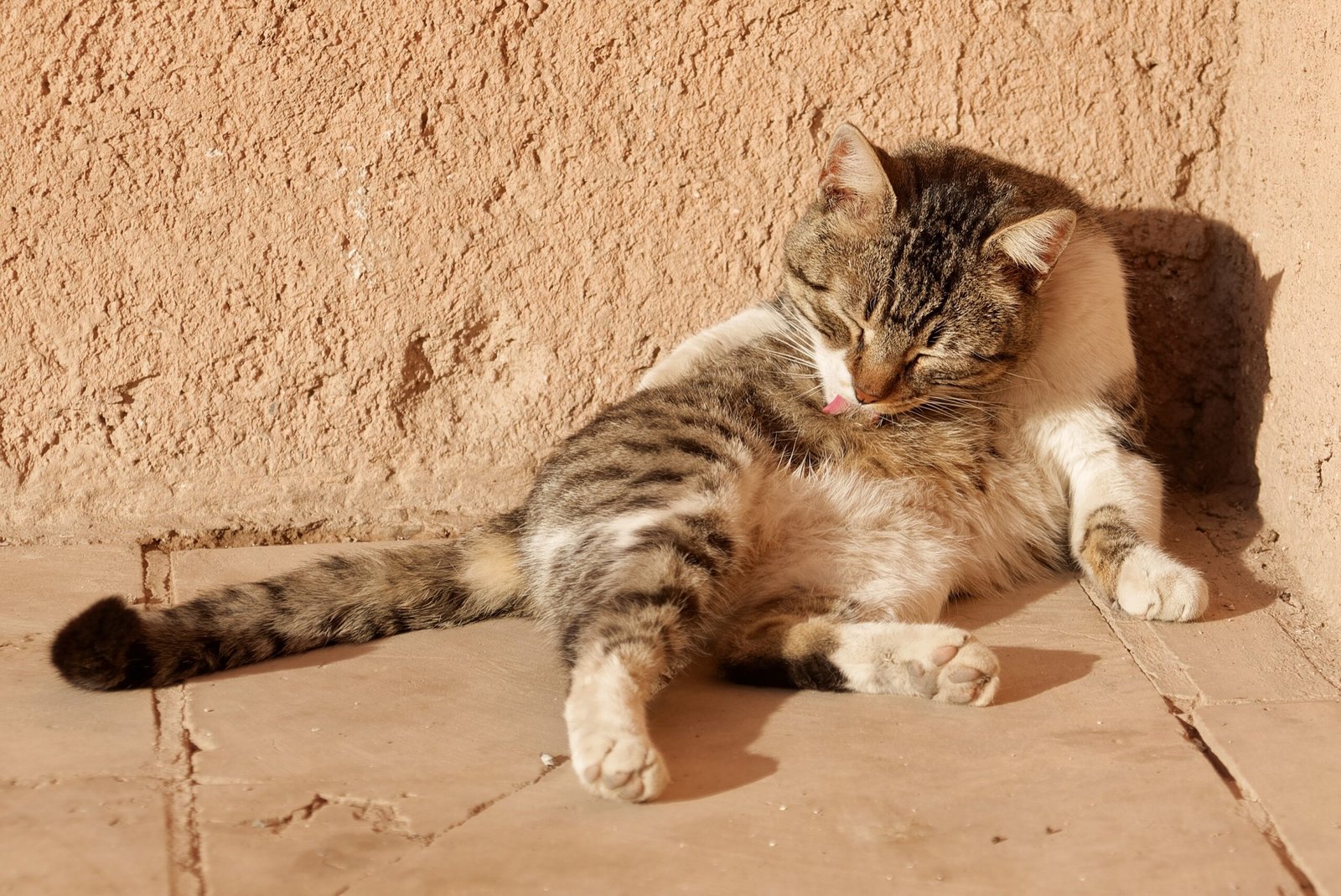
While grooming is a daily ritual for cats, too much of it can be a red flag. Cats with anxiety often lick and groom themselves to the point where they may develop bald patches or sore skin. This behavior can be soothing for them, much like how people might bite their nails when nervous. If you notice your cat focusing on one area, or if their fur looks thin in spots, don’t dismiss it as a quirky habit. This is often their silent cry for help, a clear indication that they’re feeling uneasy or stressed. It’s heartbreaking to see a cat try to self-soothe in this way, but recognizing it is the first step to helping them feel better. Keep an eye on grooming routines and consult your vet if you see anything unusual. Sometimes, just a little extra attention and comfort can make a world of difference.
2. Hiding More Than Usual
Cats do love their secret spots, but there’s a difference between enjoying alone time and hiding out of fear. If your usually social cat suddenly starts spending most of their time under the bed or in closets, it could be anxiety at play. This avoidance is often mistaken for normal cat behavior, especially since cats are known for being independent. However, when hiding becomes excessive or out of character, it’s time to pay attention. It’s their way of escaping stressors in their environment, whether it’s a new pet, a loud noise, or even changes in your routine. Don’t just assume your cat is being “moody”—this is a cry for safety and comfort. Gently coax them out and reassure them, but never force them. Patience and understanding go a long way.
3. Sudden Aggression or Irritability
A sweet, loving cat turning irritable or even aggressive can be shocking. Sometimes, anxiety makes cats lash out at people or other pets seemingly out of nowhere. This sudden change often gets explained away as bad behavior or “just a phase,” but it can be a sign your cat is overwhelmed by stress. Watch for swatting, hissing, or biting, especially if these weren’t issues before. Remember, aggression is rarely about dominance—it’s usually about fear. Anxiety may be pushing your cat to act out in order to protect themselves. Rather than scold, try to identify any recent changes or stressors in their environment. Your cat isn’t being mean—they’re asking for help in the only way they know how.
4. Changes in Appetite
Has your cat stopped eating as much, or are they suddenly ravenous all the time? Fluctuations in appetite can be a strong signal that something’s wrong emotionally. Anxiety can cause a cat to lose interest in food, or sometimes lead to overeating as a coping mechanism. Because cats are already prone to being picky eaters, these changes can fly under the radar. If your cat is skipping meals or begging for food more than usual, don’t ignore it. These subtle shifts may be their way of coping with stress, and left unchecked, poor nutrition can lead to bigger health problems. Try to keep a feeding diary to spot patterns and talk to your vet if you notice anything unusual—your cat’s wellbeing depends on it.
5. Increased Vocalization
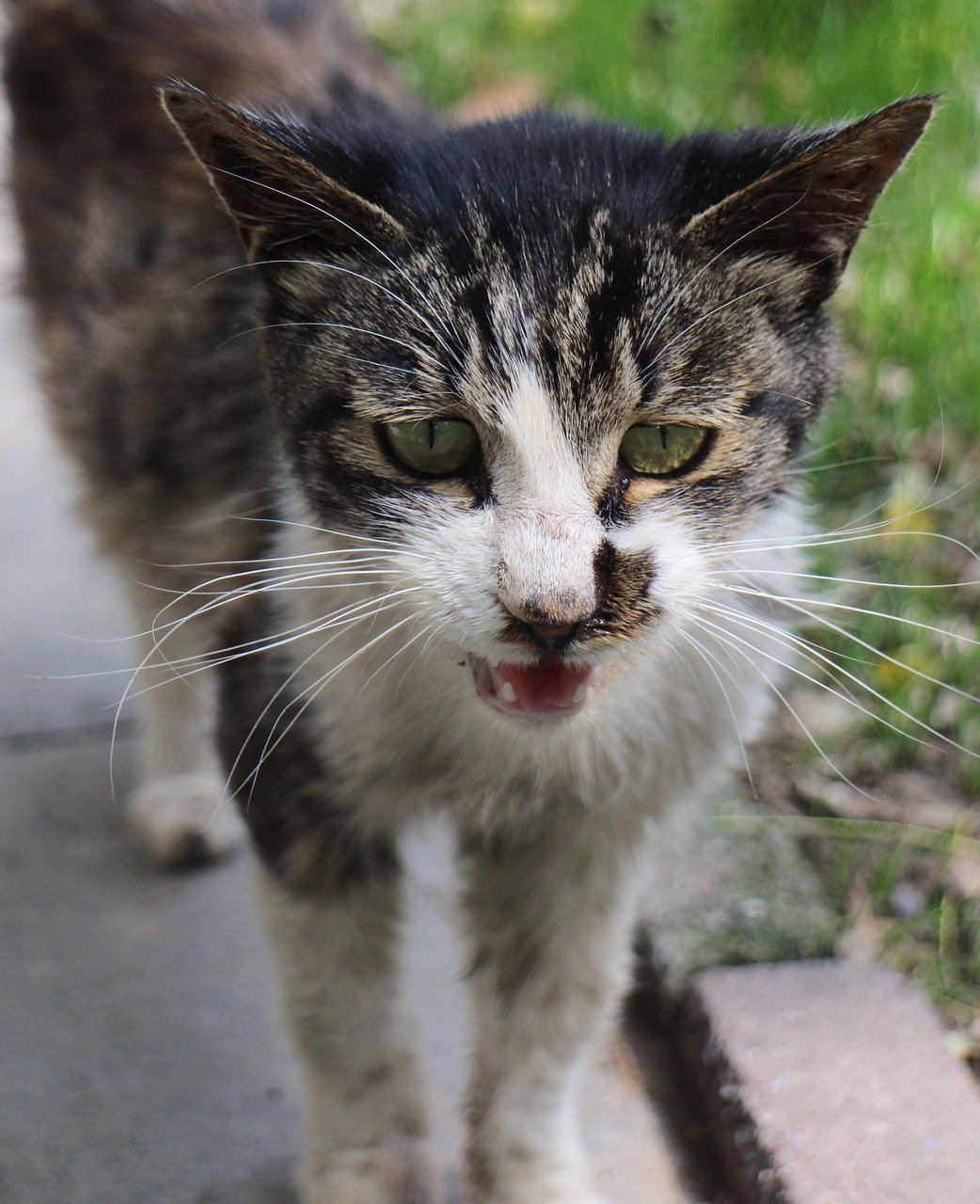
It’s true that some cats are just talkative by nature, but if your usually quiet feline starts yowling, meowing, or crying more than usual, take notice. Vocalization is one of the primary ways cats communicate distress. Anxiety can make them more vocal, especially at night or when you leave the house. This is often brushed off as attention-seeking, but it’s actually a sign your cat is feeling unsettled. Listen to the tone and frequency of their meows. Are they more urgent or plaintive? This could be their way of asking for comfort or reassurance. Respond with gentle affection and extra playtime, and pay attention to any changes in your routine that might be upsetting your cat.
6. Litter Box Avoidance
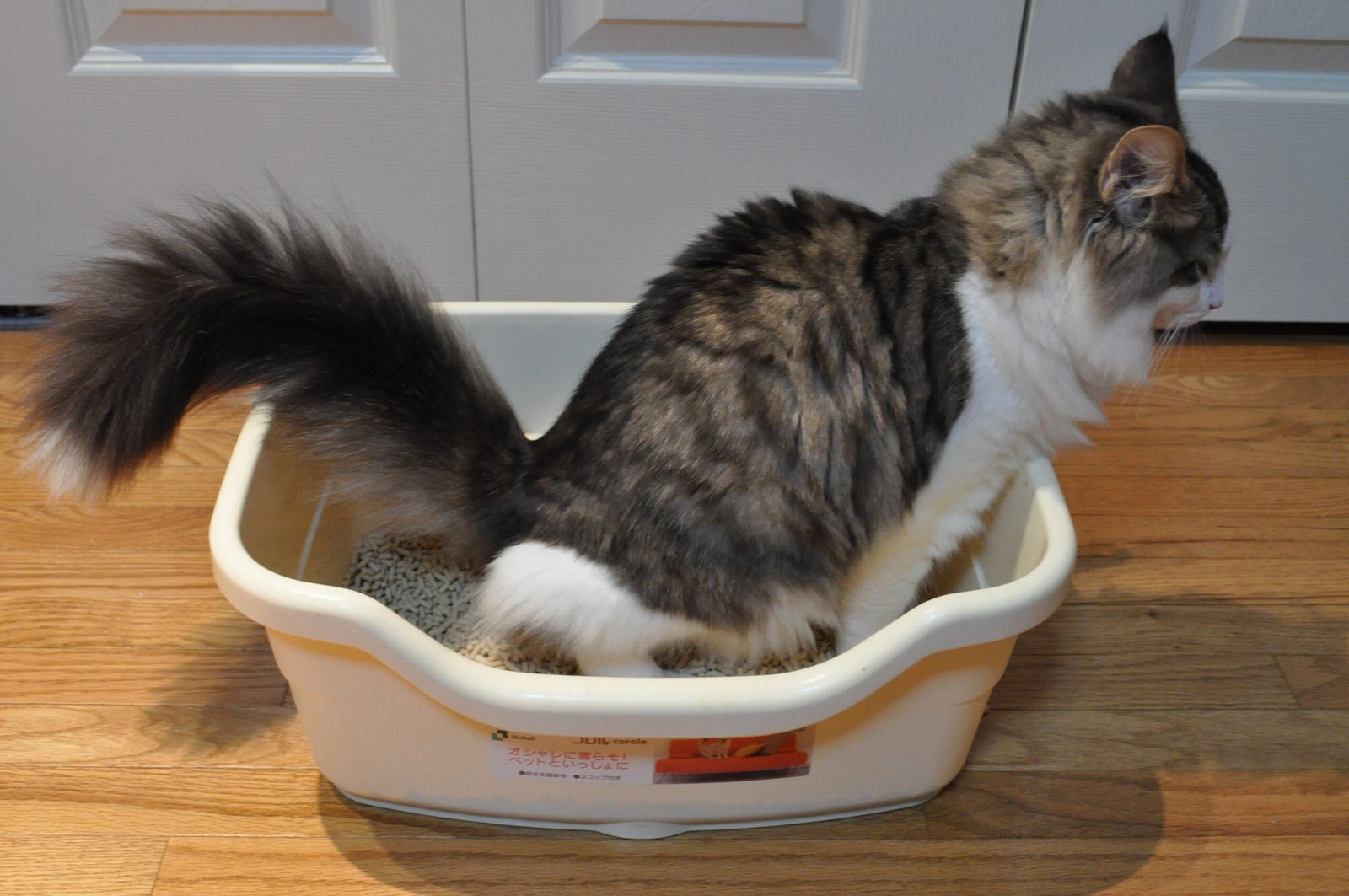
One of the most frustrating, but telling, signs of anxiety in cats is litter box avoidance. If your cat starts urinating or defecating outside the box, it’s not just bad manners. Anxiety can trigger this behavior, especially if something in or around the litter box is causing stress. Maybe another pet is blocking their way, or a new scent has made them uncomfortable. Sadly, many owners chalk this up to stubbornness or laziness, but it’s often a desperate sign of distress. Keep the litter box clean and try to make it as inviting as possible. If the behavior continues, take your cat to the vet to rule out medical issues, but remember—emotional stress is just as real for cats as it is for us.
7. Destructive Behavior
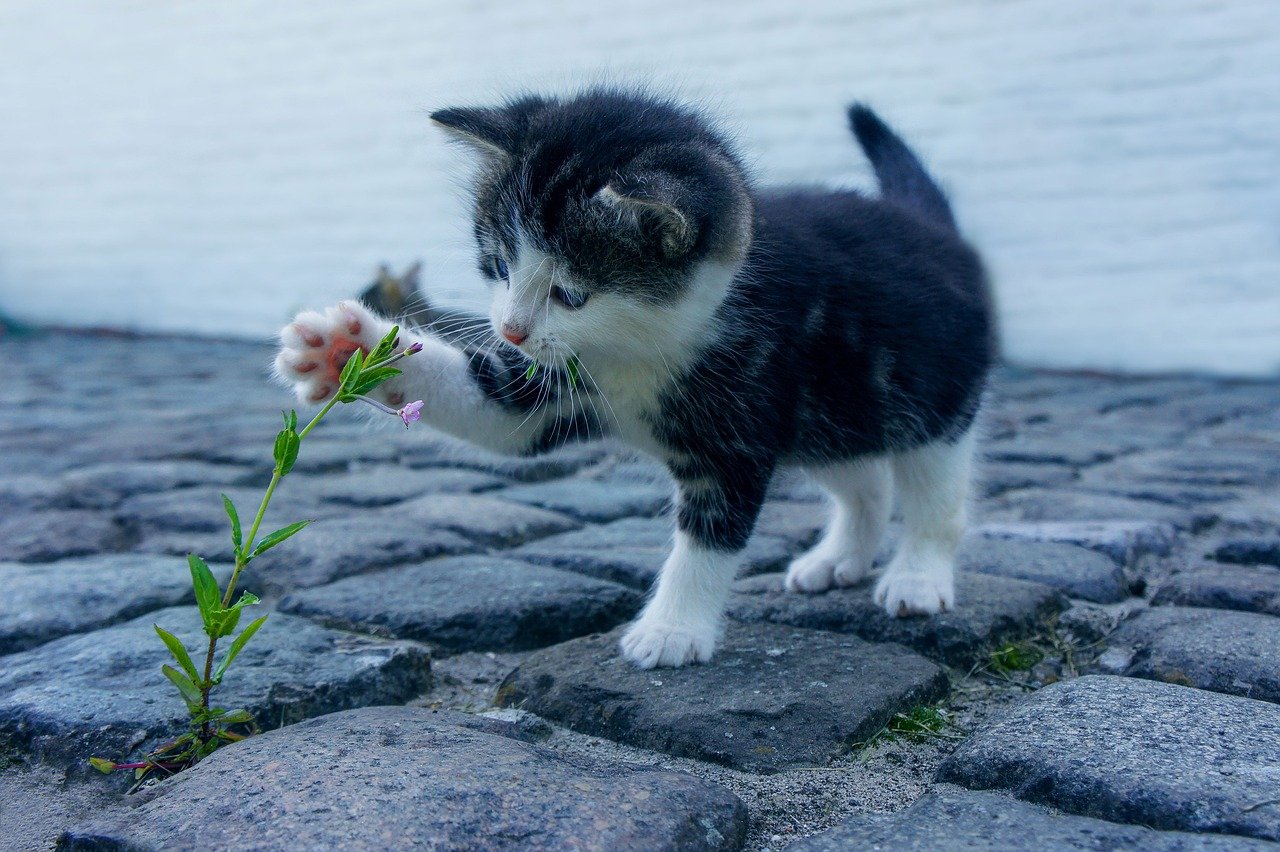
Scratching furniture, knocking things off shelves, or chewing on wires can be more than just mischievous antics. These destructive behaviors are sometimes a manifestation of pent-up anxiety. When cats feel stressed, they need an outlet for their nervous energy, and your sofa or favorite plant might pay the price. Instead of punishing your cat, try to understand what’s making them anxious. Are they bored? Is there something new in their environment? Enrich their surroundings with scratching posts, interactive toys, or climbing trees. By meeting their need for stimulation and comfort, you may see a dramatic improvement in their behavior.
8. Restlessness and Pacing
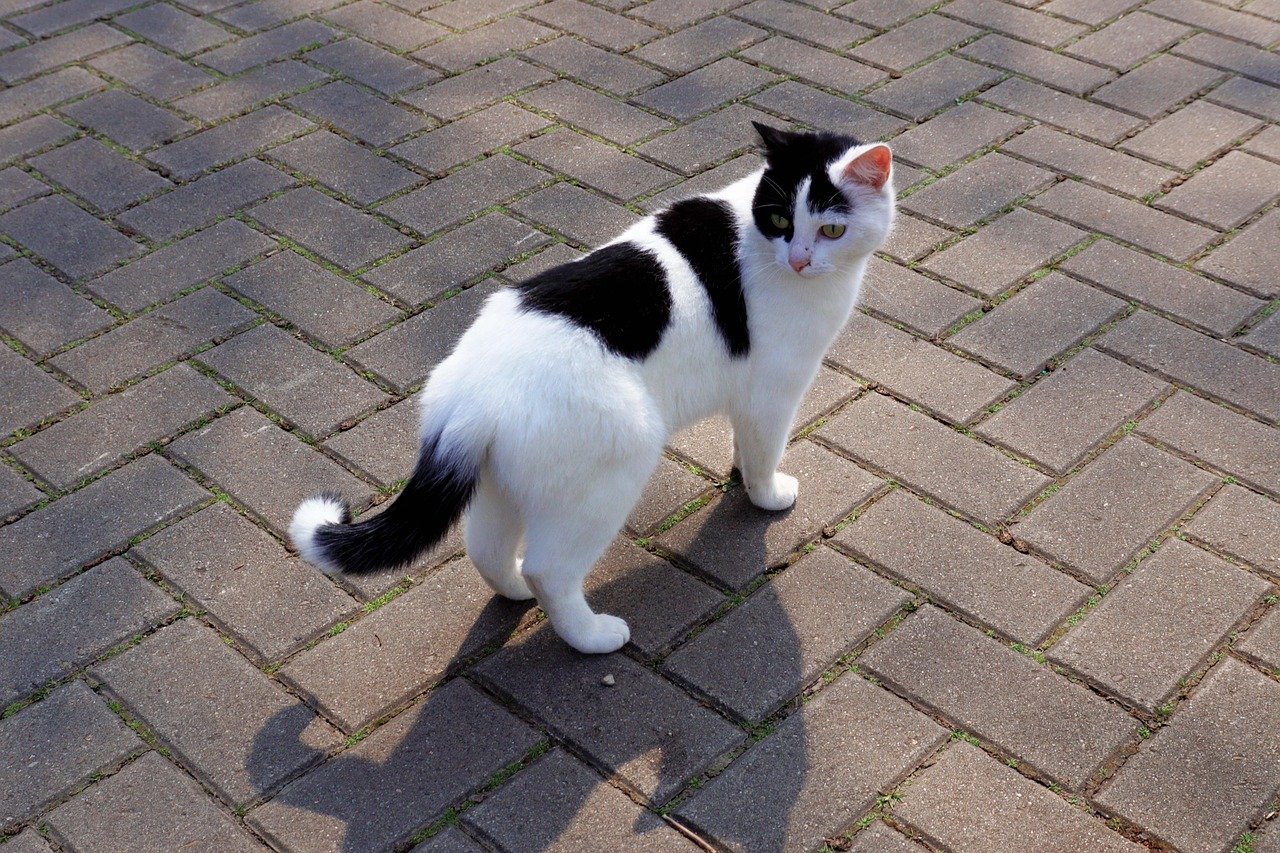
Does your cat seem unable to settle down, constantly pacing from room to room or fidgeting even when they’re supposed to be resting? Restlessness is a classic sign of anxiety that’s often dismissed as simple energy or curiosity. But when your cat can’t seem to relax, it could be their way of coping with overwhelming feelings. This behavior is especially common after a big change, like moving house or bringing in a new pet. Watch for constant movement, inability to nap, or even pacing in circles. Offering a cozy, safe spot and sticking to a routine can help your cat feel more secure and calm.
9. Trembling or Shaking
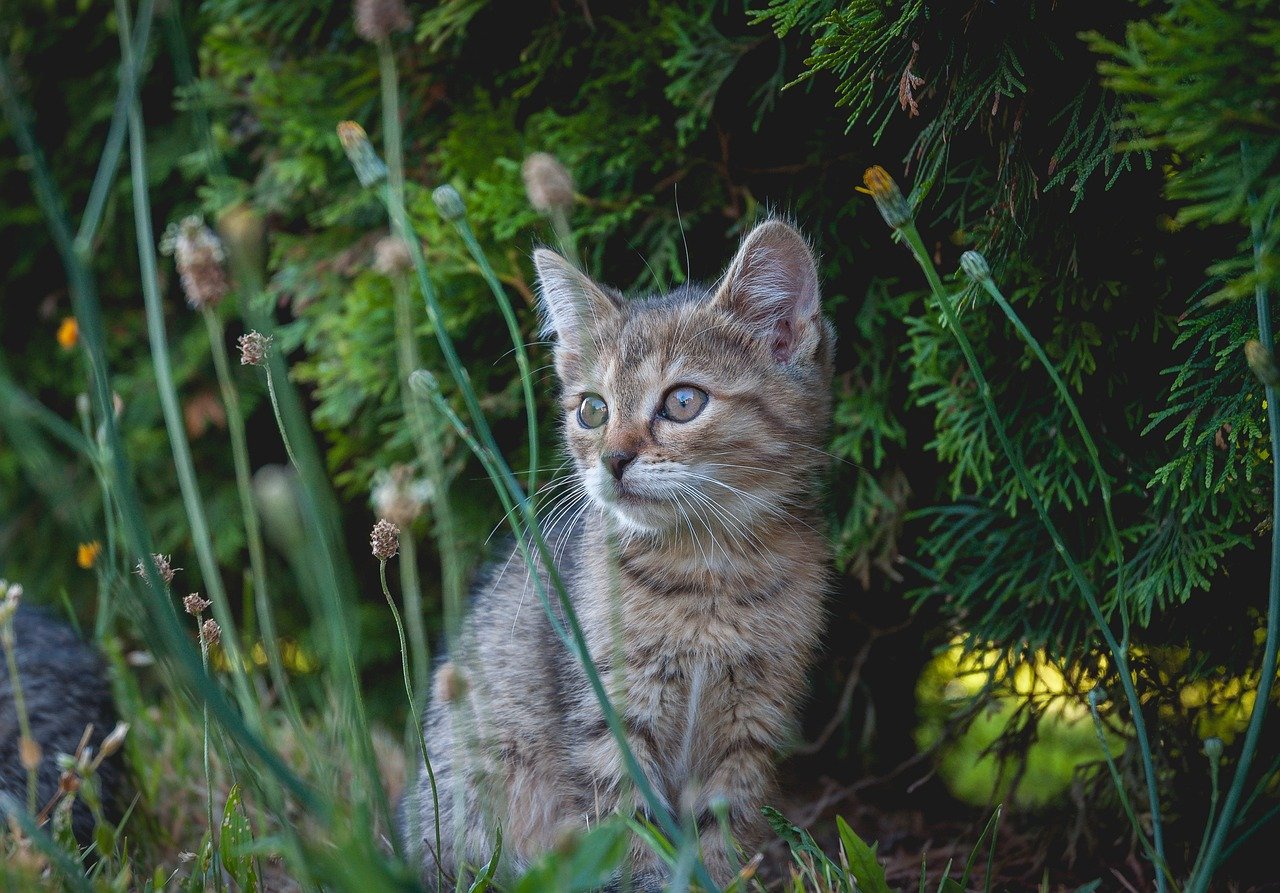
Seeing your cat tremble or shake can be alarming, and it’s easy to blame it on a cold or a sudden fright. However, persistent trembling is often a physical sign of anxiety. Cats may shiver when they’re scared or uncertain, especially during loud noises like thunderstorms or fireworks. If you notice your cat shaking frequently, especially in otherwise calm environments, don’t brush it off. This involuntary response means their body is in a heightened state of alert. Comfort them with soft words, gentle petting, and a quiet, safe space. Your presence can work wonders in soothing their frazzled nerves.
10. Overreaction to Everyday Stimuli
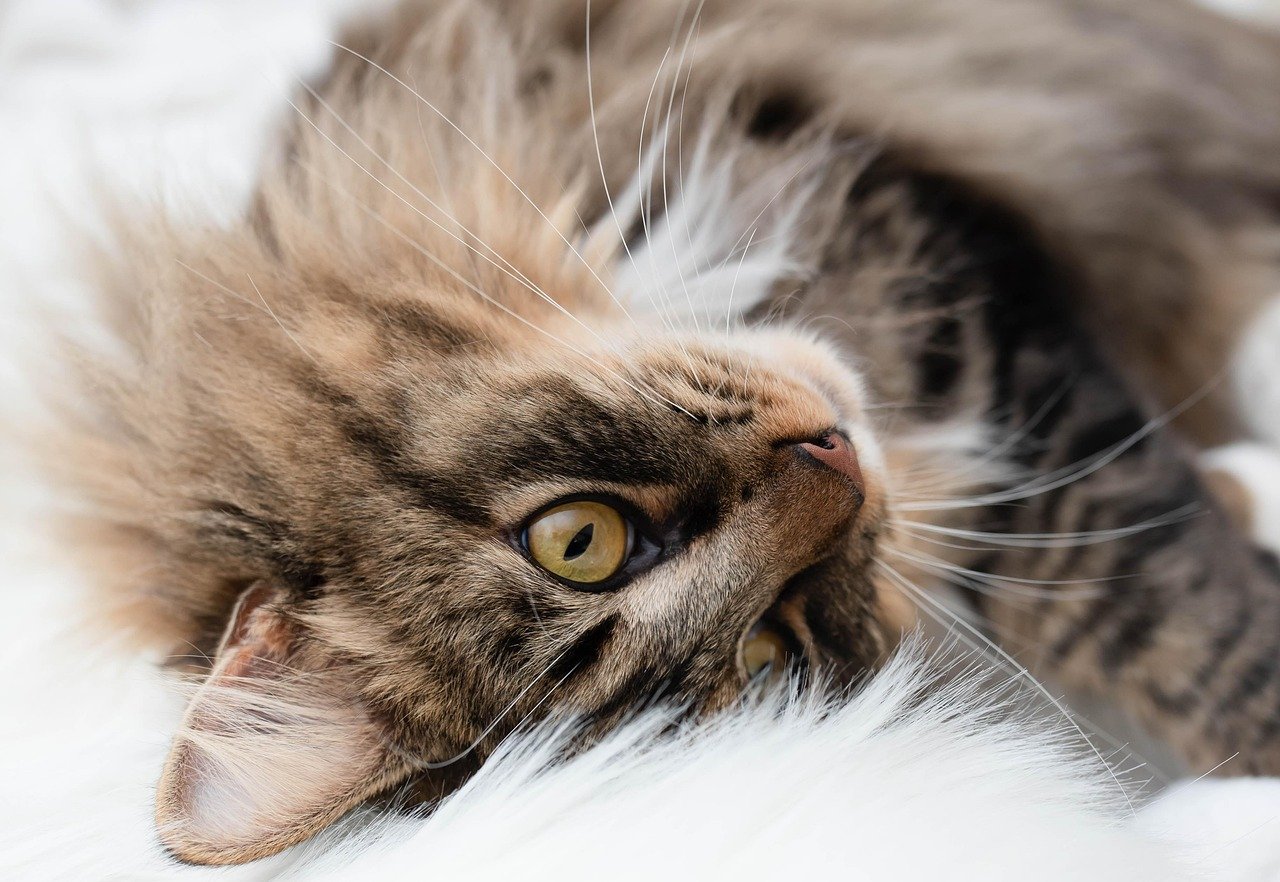
Some cats jump at every little sound or movement, but when this startle response becomes intense or constant, it may be a sign of anxiety. If your cat bolts at the slightest noise or seems perpetually on edge, their nerves might be stretched too thin. This can be mistaken for natural skittishness, but it’s often a symptom of deeper distress. Try to minimize sudden changes in your home’s routine and offer consistency in their environment. Soft music, pheromone diffusers, or even just quiet companionship can help your cat feel more at ease. Remember, a calm household makes for a calmer cat.
11. Excessive Clinginess or Seeking Reassurance
While some cats are naturally affectionate, a sudden increase in clinginess can be a sign of anxiety. If your independent feline suddenly insists on being glued to your side, follows you everywhere, or constantly seeks your attention, they might be feeling insecure. This behavior is often overlooked or even welcomed by owners craving more snuggles, but it’s important to recognize when it’s a cry for help. Stress, new environments, or changes in household routines can all trigger this need for reassurance. Offer extra love and patience, but also try to identify and reduce sources of anxiety in their environment.
12. Changes in Sleeping Patterns
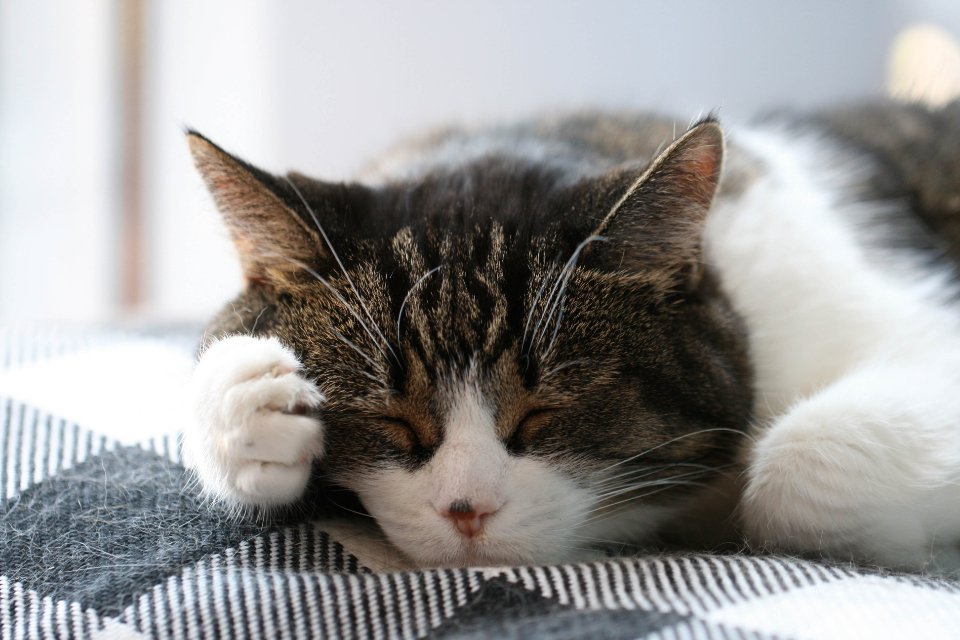
Cats are famous for their love of sleep, but anxiety can disrupt their regular snooze schedule. You might notice your cat sleeping less, waking up frequently, or seeming unable to settle. On the flip side, some anxious cats may sleep more than usual as a way to escape stressful situations. Either way, significant changes in sleeping patterns are a window into your cat’s emotional state. Don’t just chalk it up to “cat laziness” or playful energy. Pay attention to when and where your cat sleeps, and offer cozy, secure spots for rest. Sometimes, all your cat needs is a little peace and quiet to reset their anxious minds.
What would you have guessed—were any of these signs a surprise to you?

Born and bred in South Africa, a Capetonian at heart. Amy-Leigh’s love for nature and animals was inherited from her Dad. He loves taking the family on road trips to experience nature at its finest; Amy-Leigh’s favourite being whale watching in Hermanus and spotting Kudu along the West Coast. Amy-Leigh holds a BA in English Literature and Communication Studies.





